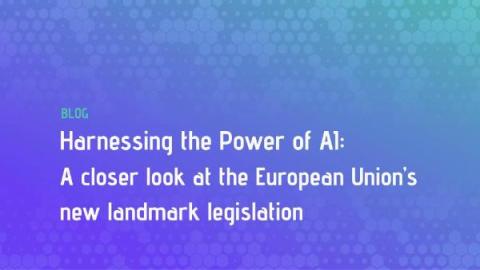5 Steps to Creating an Incident Response Plan
No matter how robust your cyber defenses are, there is a high likelihood that your organization will experience a cybersecurity incident—either directly or as a result of a supply chain attack. Implementing a cybersecurity incident response plan can help you effectively address a cyber event, reduce disruptions to your business operations, and ensure compliance with regulations.








